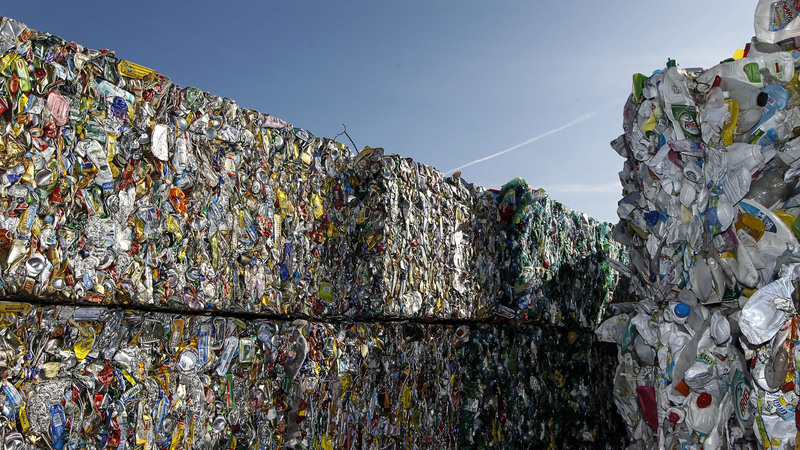The BIM is needed for a better diagnosis waste before demolition
Long limited to the only construction of new buildings, the BIM now allows to model existing buildings and to diagnose waste before demolition

Long limited to the only construction of new buildings, the BIM now allows to model existing buildings and to diagnose waste before demolition. Elements of explanation with Jérôme Bonnet, AC Environnement group.
The building sector is the largest waste supplier in France. Of the 250 million tons of waste generated each year, three-quarters come from building and public works activities. Of the 100 million tonnes of waste collected for recycling, 40% comes from the construction sector. And this volume should increase further. On the one hand, the activity of the BTP is maintained, with starts and renovations, especially to support the demand for housing and commercial buildings. On the other hand, since 2017, the State and local authorities have the obligation to reuse or recycle 50% of the waste from the construction industry. It will be 70% in 2020. But the recycling of waste is very regulated.
Mandatory diagnosis
When renovating or demolishing a building, in addition to the specific asbestos provisions, it is mandatory to manage certain flows separately. Waste electrical or electronic equipment, for example, must join the approved sector. Same for the lamps. That's why since the 1st March 2012, the building owners have the obligation to carry out a diagnosis on the waste resulting from the demolition works for the buildings with a floor surface superior to 1.000 m ² or having harbored one or more dangerous substances. This diagnostic is intended to assess the nature, quantity, and location of materials and construction products that will result in waste to be disposed of and possibly recycled. It aims to ensure good waste management of the demolition site and contributes to the protection of the environment and the preservation of the health of workers and residents.
Achieve precision with BIM ...
The digital revolution underway in the building with the digital mock-up and the BIM makes it possible to better fulfill this obligation of preventive evaluation of the waste resulting from the work and the demolition of the building. Long limited to the only construction of new buildings, the digital model and the BIM concern now the existing real estate heritages. It is now possible to scan facades, common areas, each element of a building, then build the 3D model, reproducing exactly the least element of the building, with a level of detail and unmatched accuracy. This model integrates and locates precisely all the technical data available from plans and areas to real estate diagnostics. It is possible to identify each material, to characterize it,3 the nature of the waste, to address it in the proper recycling stream. The digital model allows a better readability of the diagnosis before demolition and launch of the site. It gives access to a dynamic treatment of the data. What to gain productivity and optimize costs before the site and even after since the BIM can complete the plan of proofing transmitted to the Ademe.
... under certain conditions
In order to benefit from the optimal use of BIM in terms of waste, it is still necessary to comply with certain indispensable conditions. First, the reliability of the technical data: a BIM digital mock-up is valuable only if the information in it is accurate, relevant, verifiable and exploitable. The capture of information must be conducted correctly and with the same degree of accuracy in any building location. When carrying out the waste diagnosis, a team dedicated to BIM must go to the scene to capture the entire building in the form of cloud points and recover all the geometric data of the space to be destroyed. Teams can proceed with the diagnosis of waste before demolition by identifying and characterizing the building materials. Finally, for the BIM digital model applied to the predictive management of waste to deliver its full potential, it is necessary to associate with a solution for visualization and fine data analysis. One of the essential conditions to anticipate the evacuation, transport and reprocessing of waste and optimize recycling costs.












